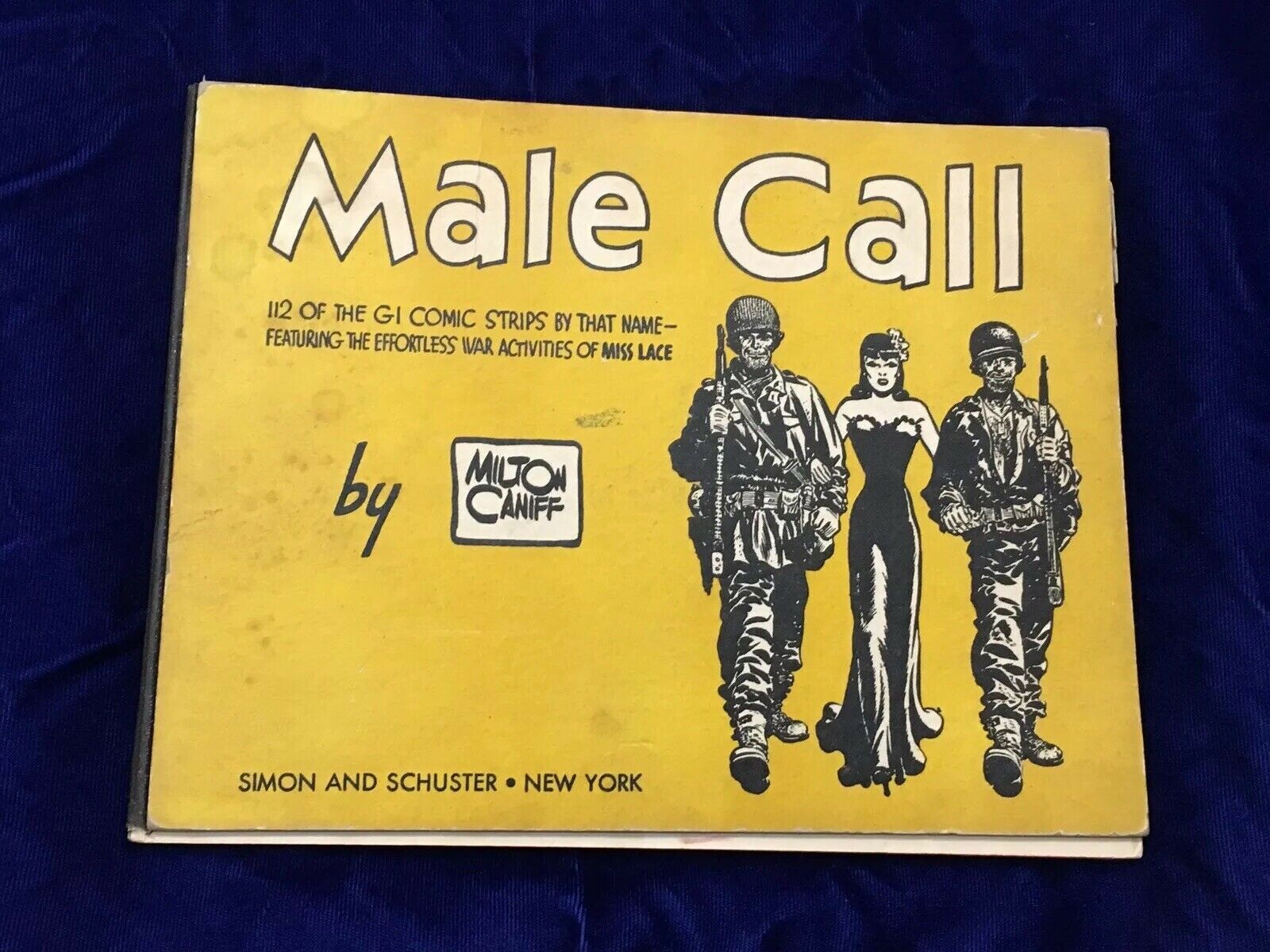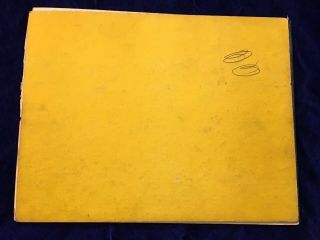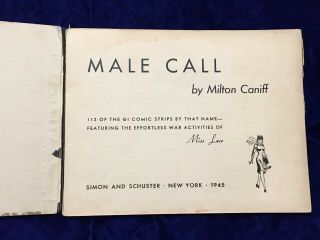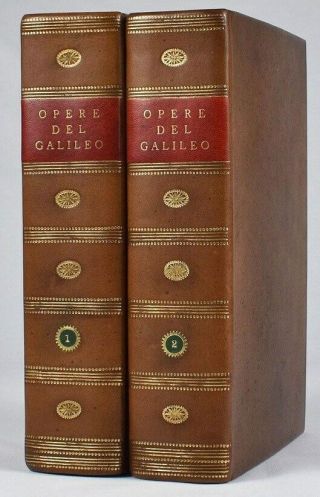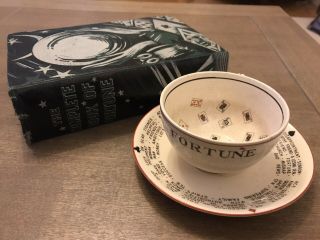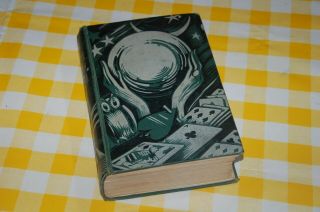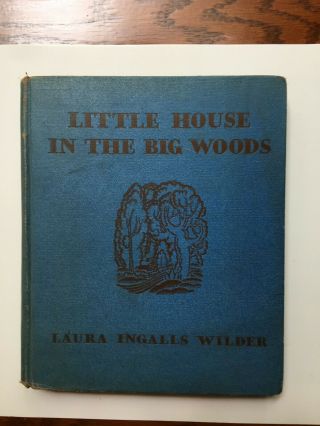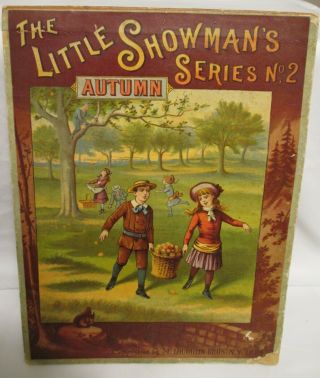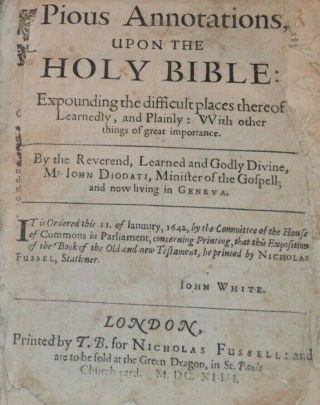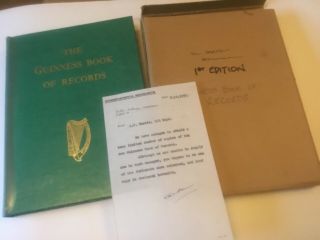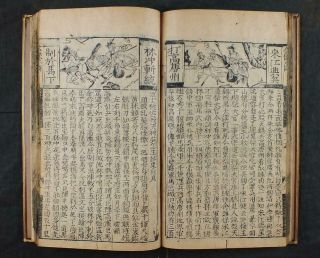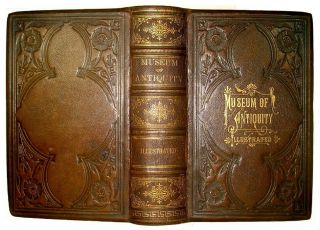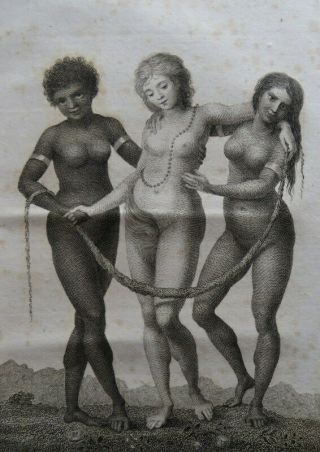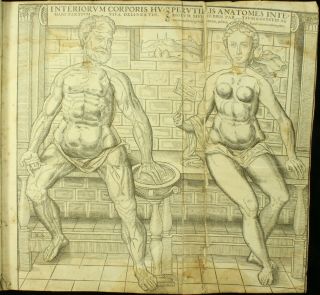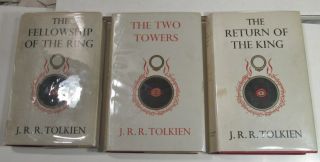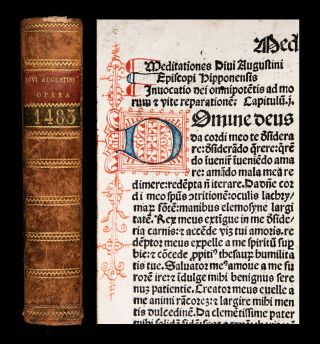Male Call – Rare First Edition Of The GI Comic Strip Miss Lace By Milton Caniff
Item History & Price
Male Call – 112 of the GI Comic Strips by that name – Featuring the effortless war activities of Miss Lace By Milton Caniff!
Very nice book which was produced in 1945 by Simon and Schuster. Original first edition. .
Measures 8 x 10 inches.
Interior pages loose. Separated from binding. Several pages completely unboad. Original covers.
Clean interior. Would be great for separating and framing some of the strips. .
Guaranteed Original
...Truly fantastic pieces of history. A must for the SERIOUS Collector of Army memorabilia.
Male Call was an American comic strip series created and drawn by Milton Caniff on a volunteer basis, exclusively for US military publications during World War II. The strip began January 24, 1943. Caniff continued Male Call until seven months after V-J Day, bringing it to a conclusion on March 3, 1946.
To contribute to the war effort, Caniff decided to draw a weekly comic strip and make it available at no cost to military camp newspapers. The Camp Newspaper Service was launched to syndicate Caniff's weekly page and contributions from other civilians. For CNS, Caniff created a unique version of his Terry and the Pirates, completely different in content from his regular daily and Sunday strips for the Chicago Tribune Syndicate. It premiered October 11, 1942. Minus Terry, the CNS version focused on beautiful adventuress Burma, and she was seen in single-page situations rather than a continuity storyline. After three months, however, The Miami Herald objected to this competing use of the character and complained to the Tribune Syndicate. The military spin-off version of Terry and the Pirates came to an end on January 10, 1943. Characters and story
To launch Male Call two weeks later, Caniff introduced a new character, Miss Lace, a sexy, sophisticated, dark-haired woman who mixed with the American G.I.'s (seldom officers) at various locales. The strip was a gag-a-week series aimed at boosting the morale of servicemen and was oriented towards mild humor and pin-up art. Though Miss Lace was often featured, she was not in every strip, and many strips featured one-off gags about an aspect of military life in which only military personnel are seen. Given its reading demographic, the content of Male Call was somewhat racier than was permitted in mainstream civilian publications. Nevertheless, the strip still had to pass muster with military censors.
Miss Lace was the certainly the most well-remembered aspect of Male Call, and she does appear in a little over half the strips. A statuesque brunette with a penchant for wearing elegant but decidedly revealing clothing, Miss Lace was a definite male fantasy figure who was seemingly well-off and respectable, but was also unattached and accommodating. She believed it her duty to improve morale and thus consorted freely with American G.I.'s, all of whom she called "General", regardless of rank. Though Miss Lace would fend off the advances of those who were too forward—sometimes with a formidable punch in the face—she could be friendly and even somewhat forward herself with G.I.s who approached her with respect, and she never lacked for male attention. One strip describes Miss Lace as "sorta every G.I.'s chick ... you might run into her on a pass into town almost anywhere ... Darwin, Belfast, Algiers, Kunming, Boston, Fort Worth, Seattle, Kodiak, Indianapolis ... wherever you hope to have a good time."
Almost no details were offered about Miss Lace's backstory, and she even point-blank refused to divulge to anyone whether "Lace" was her first or last name. She traveled, and apparently lived with, an unnamed Asian maid who was a very occasionally recurring character; where Miss Lace came from or how she maintained her lifestyle was never addressed. It was strongly implied, however, that Miss Lace was quasi-magical, a fantasy willed to life to help American soldiers win the war. Particularly sympathetic to enlisted men, she could suddenly appear at dances or in trenches, and was seemingly impervious to the realities of combat or of war material shortages. In the final strip, published after the war, Miss Lace left a note saying her mission was accomplished. She then simply vanished, never to be seen again.
Comics historian Don Markstein described the Male Call characters:
Miss Lace, who replaced Burma, was designed as the opposite of the earlier character — black-haired as opposed to Burma's blonde; innocent as opposed to Burma's world-wisdom; and always soft and sweet, as opposed to Burma's sometimes flinty exterior ... The only character to carry over from Burma's run was eager young PFC J. Snafroid McGoolty, a very minor player, but also the only recurring named character besides Lace herself ... Her adventures tended to be a bit on the risqué side — never to the point of totally unambiguous sexual romps, but enough to draw an occasional complaint from a blue-nose type. These rare complaints were ignored, however, as the vast bulk of reader response was thoroughly enthusiastic. Along with George Baker's Sad Sack, Bill Mauldin's Willie & Joe and Dr. Seuss' Private Snafu, Lace was among the most celebrated of World War II's military-related cartoon characters. In fact, she may have been the first comic strip character to appear on television — during July, 1945, New York City's WNBT interviewed Caniff, during the course of which model Dorothy Partington appeared in the role of Lace.Miss Lace herself was inspired by Norman Pett's comic strip Jane, published in the British tabloid The Daily Mirror from 1932 to 1959.
Caniff would first produce a strip that was done with line drawings only, and no heavy inks. This would then be sent to the military censor who would either approve it, send it back with suggested changes, or in a dozen or so instances over the course of strip's history, reject it outright. Once approved, a stencil would be made of the line drawn copy, and the original sent back to Caniff, who would then apply more inks. The stencil version would be sent to camps which ran their local paper off on mimeograph machines, while the inked version would go to those that had actual newspaper presses. Caniff had said that he invested nearly as much time into each weekly Male Call installment as he did a week's worth of episodes of Terry and the Pirates. In addition, he donated his time and talents to drawing hundreds of original unit insignia from all branches of the military.
The Camp Newspaper Service distributed the strip to more than 3000 military base newspapers, the largest number of individual papers in which any single comic strip has appeared. Male Call did not appear in any civilian newspapers.
Cultural legacy
Beginning in 1995, Dargaud published a comics series entitled Pin-Up, aimed mainly at adults, written by Yann Le Pennetier and drawn by Philippe Berthet. The series tells the adventures of Dottie Partington who models for Milton, an artist who has been commissioned to draw a strip to raise the morale of the troops. He comes up with Poison Ivy, a strip-within-a-strip, in which the titular character is a combination of Lace and Mata Hari.
Brief History of WW2
World War II summary: The carnage of World War II was unprecedented and brought the world closest to the term “total warfare.” On average 27, 000 people were killed each day between September 1, 1939, until the formal surrender of Japan on September 2, 1945. Western technological advances had turned upon itself, bringing about the most destructive war in human history. The primary combatants were the Axis nations of Nazi Germany, Fascist Italy, Imperial Japan, and the Allied nations, Great Britain (and its Commonwealth nations), the Soviet Union, and the United States. Seven days after the suicide of Adolf Hitler, Germany unconditionally surrendered on May 7, 1945. The Japanese would go on to fight for nearly four more months until their surrender on September 2, which was brought on by the U.S. dropping atomic bombs on the Japanese towns of Nagasaki and Hiroshima. Despite winning the war, Britain largely lost much of its empire, which was outlined in the basis of the Atlantic Charter. The war precipitated the revival of the U.S. economy, and by the war’s end, the nation would have a gross national product that was nearly greater than all the Allied and Axis powers combined. The USA and USSR emerged from World War II as global superpowers. The fundamentally disparate, one-time allies became engaged in what was to be called the Cold War, which dominated world politics for the latter half of the 20th century.
Casualties in World War II
The most destructive war in all of history, its exact cost in human lives is unknown, but casualties in World War II may have totaled over 60 million service personnel and civilians killed. Nations suffering the highest losses, military and civilian, in descending order, are: USSR: 42, 000, 000
Germany: 9, 000, 000
China: 4, 000, 000
Japan: 3, 000, 000
When did World War II begin?
Some say it was simply a continuation of the First World War that had theoretically ended in 1918. Others point to 1931, when Japan seized Manchuria from China. Others to Italy’s invasion and defeat of Abyssinia (Ethiopia) in 1935, Adolf Hitler’s re-militarization of Germany’s Rhineland in 1936, the Spanish Civil War (1936–1939), and Germany’s occupation of Czechoslovakia in 1938 are sometimes cited. The two dates most often mentioned as “the beginning of World War II” are July 7, 1937, when the “Marco Polo Bridge Incident” led to a prolonged war between Japan and China, and September 1, 1939, when Germany invaded Poland, which led Britain and France to declare war on Hitler’s Nazi state in retaliation. From the invasion of Poland until the war ended with Japan’s surrender in September 1945, most nations around the world were engaged in armed combat.
Origins of World War II
No one historic event can be said to have been the origin of World War II. Japan’s unexpected victory over czarist Russia in the Russo-Japanese War (1904-05) left open the door for Japanese expansion in Asia and the Pacific. The United States U.S. Navy first developed plans in preparation for a naval war with Japan in 1890. War Plan Orange, as it was called, would be updated continually as technology advanced and greatly aided the U.S. during World War II.
The years between the first and second world wars were a time of instability. The Great Depression that began on Black Tuesday, 1929 plunged the worldwide recession. Coming to power in 1933, Hitler capitalized on this economic decline and the deep German resentment due to the emasculating Treaty of Versailles, signed following the armistice of 1918. Declaring that Germany needed Lebensraum or “living space, ” Hitler began to test the Western powers and their willingness to monitor the treaty’s provision. By 1935 Hitler had established the Luftwaffe, a direct violation of the 1919 treaty. Remilitarizing the Rhineland in 1936 violated Versailles and the Locarno Treaties (which defined the borders of Europe) once again. The Anschluss of Austria and the annexation of the rump of Czechoslovakia was a further extension of Hitler’s desire for Lebensraum. Italy’s desire to create the Third Rome pushed the nation to closer ties with Nazi Germany. Likewise, Japan, angered by their exclusion in Paris in 1919, sought to create a Pan-Asian sphere with Japan in order to create a self-sufficient state.
Competing ideologies further fanned the flames of international tension. The Bolshevik Revolution in czarist Russia during the First World War, followed by the Russian Civil War, had established the Union of Soviet Socialist Republics (USSR), a sprawling communist state. Western republics and capitalists feared the spread of Bolshevism. In some nations, such as Italy, Germany and Romania, ultra-conservative groups rose to power, in part in reaction to communism.
Germany, Italy and Japan signed agreements of mutual support but, unlike the Allied nations they would face, they never developed a comprehensive or coordinated plan of action.
I accept PAYPAL (Which will allow you to use credit card.) BID NOW !!!Search terms: cadet, howitzer, engineer, biographical dictionary, army, MacArthur, world war soldier, reference, officer, rank, medal insignia, USMA, New York, united states, Hudson river, michie, Cullum hall, Arvin, trophy point, drag, ballroom dancing, grant, lee, mess, civil , Mexican, Spanish-American, span-am, mess hall, Sherman, confederate, union, soldier, military rare, unique, unusual, fort putnam, revolutionary cowboys Indians, bronco, wild bill, Geronimo, wild west, law man, badge, gun, guns, shotgun, rifle pistol firearms, print, civil war, artist signed westpoint parade harpers weekly nineteenth century prints mens gentleman, president Samuel freeman auction house artist, painting canvas original work of art, Hudson river school painting tiffany & company



